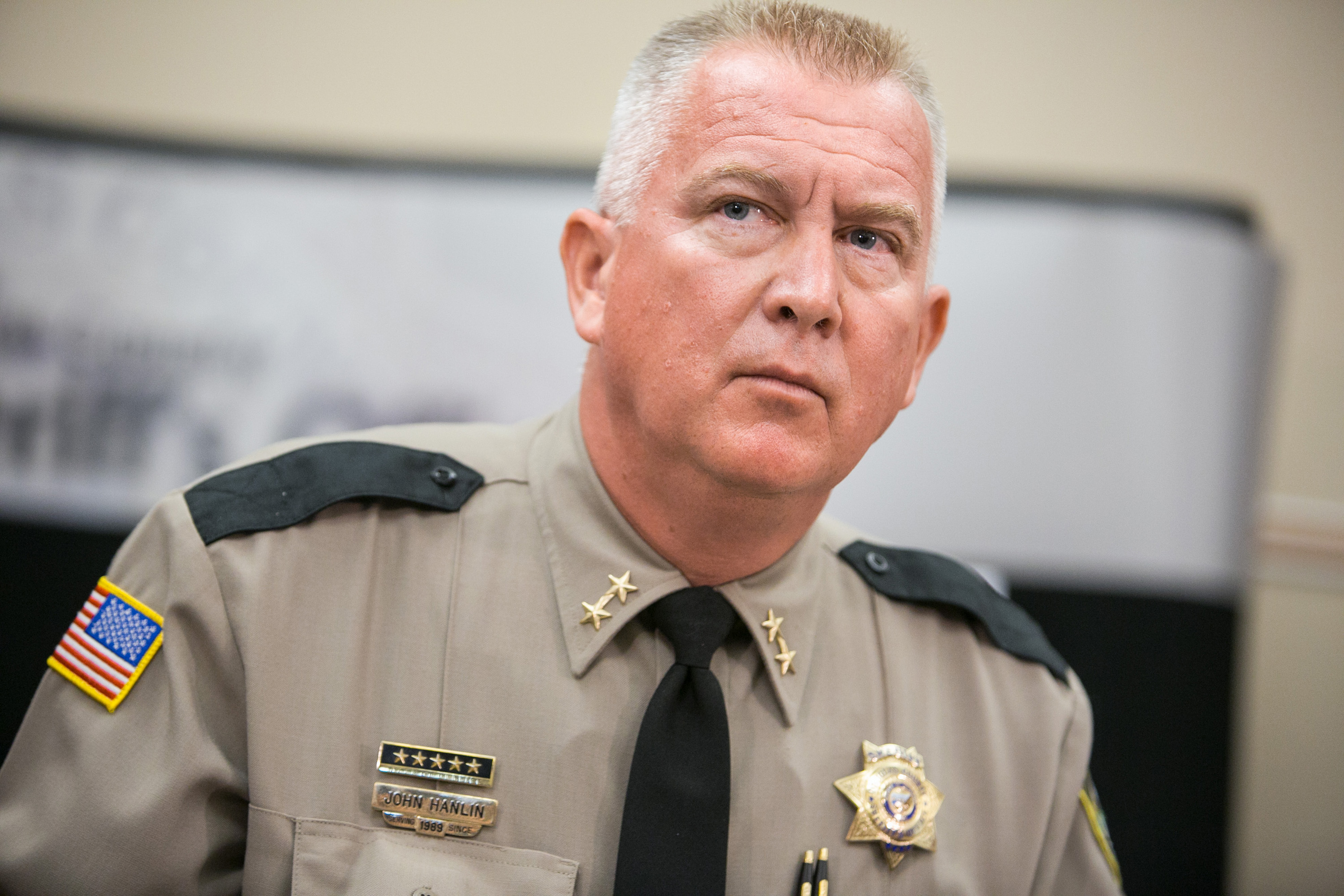USU policy an eerie implication: What policy for potential active shooter means
On Oct. 1 Christopher Harper-Mercer, a 26-year-old Umpqua Community College student, stormed his own introductory writing class. Mercer, who was described as quiet and reserved, would break character that morning, only to immediately gun down his professor and eight others. After a brief exchange of bullets with three officers, Mercer would pull the trigger to take his own life.
According to Everytown for Gun Safety — an advocate group for gun reform — there have been 160 school shootings in America since 2013. While this list includes violent and nonviolent incidents, Debra Jenson, assistant professor in the journalism and communication department at Utah State University, said it is for that reason every university has taken measures to have policies and communication plans in place.
“No matter what university I went to work at, you’ve probably got releases about weather, school closures for any reason,” Jenson said. “If you are preparing to that level, you are going to have something about an active shooter or a violent episode on campus. And I would assume that there’s a release and a communications plan in place, somewhere for that specific event.”
Jenson explained that communication plans, while dependent on the industry, are written documents that an organization prepares because there is a likelihood an event will happen.
The plans, which are usually a result of industry patterns, are designed to be used in a crisis to establish protocols and contact information and help communicators worry about the specifics of the situation.
In the case of a university, a pattern of the specifics that can occur with reckless and unpredictable shootings.
“Active shooters on campuses is something every school campus has to be concerned with. As a result of that, it’s something that every school campus has to prepare for, whatever that looks like,” Jenson said.
JR Allred, the director of USU’s Information Services from 1958 until 1994, which is now called USU Public Relations and Marketing, said that having a plan for an active shooter was something the university had never even considered.
“I suppose it wasn’t something that came up, so nothing caused us to do so,” Allred said about formulating a plan. “We’d certainly be talking with people about it today.”
Jenson said the reason universities didn’t have plans a decade ago is because there wasn’t a pattern. Columbine was the first shooting that was big and shocking, something no one had ever seen before. And then Virginia Tech was where people started to ask why there wasn’t a plan in place.
When officials see others being asked why they didn’t have a plan in place before something happened, it helps spark them to start preparing themselves, in case of emergencies, Jenson said.
“I really think it’s gotten to a point where we just assume everybody has a plan for it. Maybe, because after Sandy Hook a lot of people decided, everybody is a target,” Jenson said. “If you are a part of that organization — not in a way to cover yourself or save face, but honesty in an effort to prepare for something like this and save lives and minimize harm — you have these plans in place.”
Josie Iroz, a nutrition and dietetics senior at USU, said that an active shooter on campus is something she has thought about, especially after the shooting at Umpqua.
“I think that there is a false sense of security in Logan. We do have low crime rates, but that doesn’t mean that because of that it couldn’t happen at our school,” Iroz said. “We just as well could have an active shooter on our campus as any other school in our nation. and because we are a state college, we can’t enforce on concealed carry. You can have a weapon at anytime in any class.”
Iroz said while there is no reason to be overly-paranoid, “Everyone should see it as a possible concern, they should know the plan,” Iroz said.
Students can find USU’s Department of Public Safety emergency management plan for an active shooter here.
Students can also sign up for USU Emergency Alert Messaging System, named Code Blue at usu.edu/alert to receive information when there is an emergency situation on campus. The system will alert them via email, text and phone message for threats to personal safety, fires, snow closures, evacuations, severe weather and building closures.
— jacksonmurphy111@gmail.com
@jackwhoisnice

